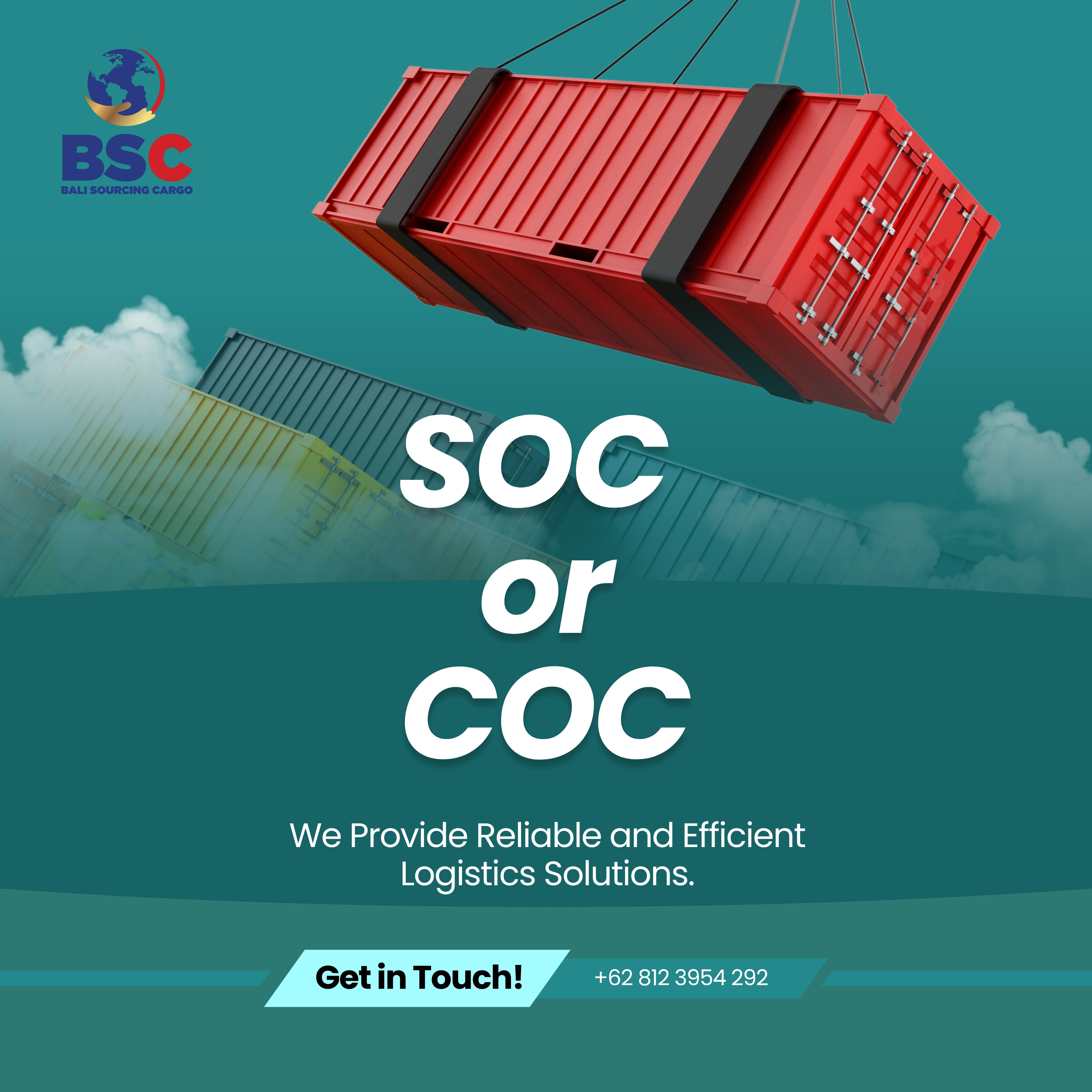
News
SOC vs COC Containers: What’s the Difference and Which One Should You Choose?
In international shipping, you’ll often hear the terms SOC and COC containers. While they look identical on the outside, they serve very different purposes in logistics and cargo management.
Understanding their differences helps you make better decisions about cost, control, and responsibility when shipping internationally.
1. What Is a SOC Container?
SOC (Shipper Owned Container) means the container is owned or leased by the shipper — not the shipping line.
The shipper is responsible for providing the container, handling maintenance, and returning it after shipment.
Advantages of SOC:
More flexibility in use and return time
Avoids demurrage or detention charges
Ideal for one-way shipments or project cargo
Cost-effective for regular exporters
Disadvantages of SOC:
Shipper must manage container inspection and repair
Limited access to carrier tracking systems
2. What Is a COC Container?
COC (Carrier Owned Container) belongs to the shipping line.
When you book with a carrier, they provide the container as part of the freight service.
Advantages of COC:
Easy booking and standardized quality
Carrier handles maintenance and certification
Access to tracking and global return locations
Disadvantages of COC:
Strict return deadlines
Possible demurrage and detention charges
Less flexibility in container use
Conclusion
Both SOC and COC containers play vital roles in international shipping.
Your choice depends on shipment volume, control, and logistics strategy.
For expert guidance on choosing the right container type and managing export documents, contact Bali Sourcing Cargo today.
WhatsApp: +62 812-3954-292
Website: www.balisourcingcargo.com
Instagram: @balisourcingcargoidn